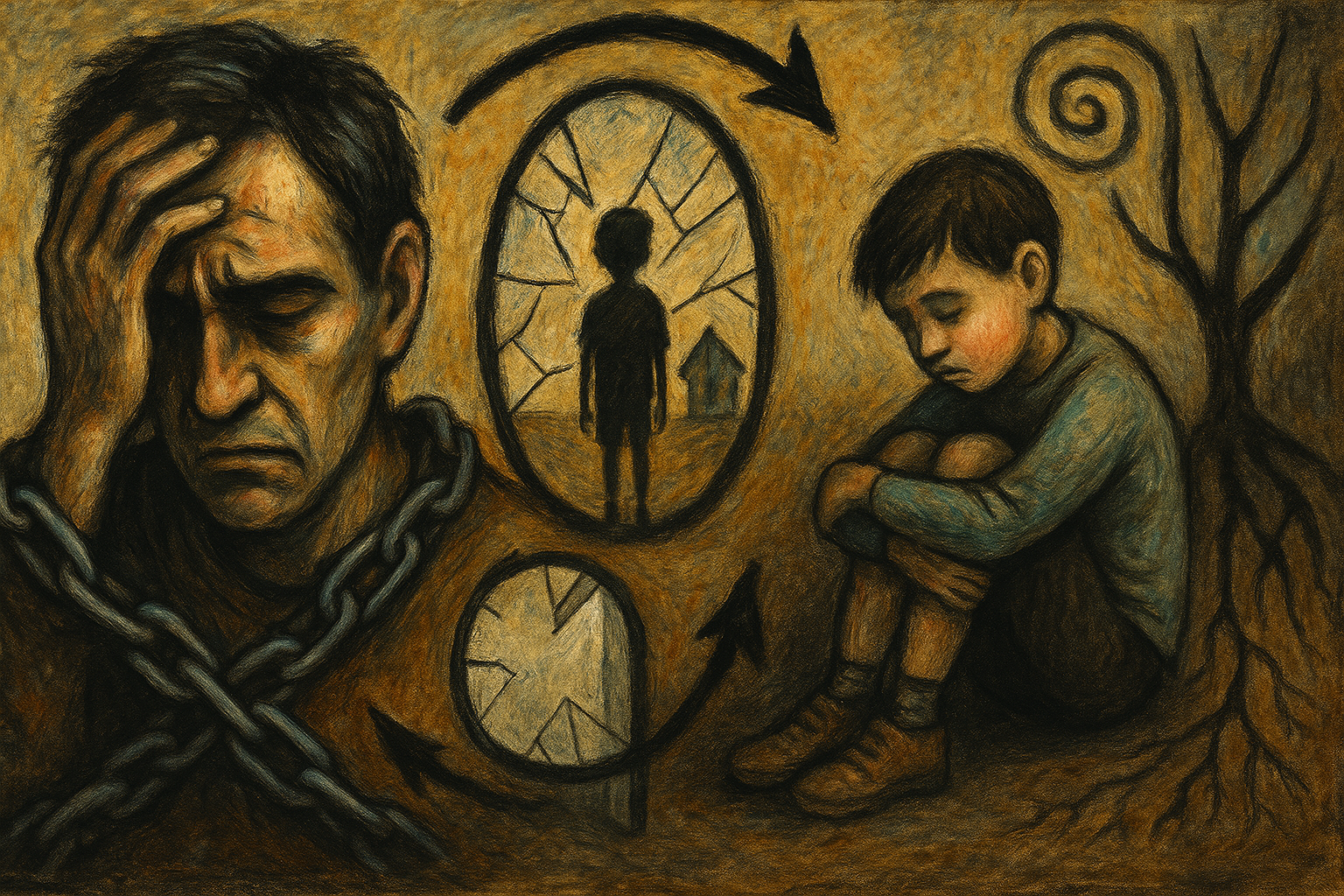READ IT TO ME: Click play to listen to this post.
“The saddest feeling is knowing you deserve freedom and still feeling caged.” – Janelle Gray
It is common for people to feel like they live in a cage. Worldwide some people feel caged by repressive governmental regimes. Sometimes, moms feel caged trying to do the heroic task of raising children. Addicts feel caged as do entrepreneurs. Steve Jobs remarked, “Don’t be trapped by dogma – which is living with the results of other people’s thinking. Don’t let the noise of other’s opinions drown out your own inner voice.”
That said, many of us still do. We become enmeshed and stuck comparing our insides to other people’s outsides, wishing we were something other than who we are. People get stuck on the hamster wheel, not getting off even when they recognize the endless futility of it all. Like the hamster, they feel caged!
There’s a famous Rumi story repeated by many over the centuries of time. “Once upon a time, there was an Indian trader who went to Africa to acquire some local products and animals. In the jungle, he saw many colorful talking parrots. He decided to capture a talking parrot and take him back as a pet.
At home in India, he kept his parrot in a cage, fed him honey and seeds, and treated him very well. When it was time for the man to return to Africa, two years later, he asked his parrot if there was any message he could deliver to his friends in the jungle. The parrot told him to convey to his friends that he was very happy in his cage and to pass on his love.
When the man arrived in Africa, he delivered the message to the other parrots in the jungle. Just as he finished his story, a parrot with tears welling in his eyes fell over dead. The man was very alarmed but he thought the parrot must have been very close to the parrot in the cage and this was probably the reason for his sadness and death.
When the man returned home to India, he told his pet parrot what happened. As he finished his story, the pet parrot’s eyes welled up with tears and he kneeled over dead in his cage. The man was astounded but he figured that his pet died from the grief of hearing the death of his close friend in the jungle. He opened up the cage and tossed the dead bird onto the trash heap.
Immediately, the pet parrot flew up to a branch on the tree outside. The trader said to him “So you are not dead after all, why did you do that? You tricked me.” The parrot responded, “The bird back in Africa sent me a very important message.” “What was the message?” the man asked. He told me, “If you want to escape from your cage, you must die while you are still alive.”
This idea of dying while you are alive is a paradox reflected on by spiritual leaders around the world. Jesus once said “You have to die to self daily, and by dying you actually live (Luke 9:23) and the Apostle Paul referenced that he must “die daily.” What does this metaphor mean? How do you die while you are still alive?
The third step of the Twelve Steps in Recovery gives insight. It says “Made a decision to turn our will and our lives over to the care of God as we understood Him.” The implication is to surrender and to let go of what you cannot control. What you cannot control is other people and the world around you. Letting go to a God as we understood Him is problematic. What if you don’t believe in conventional perceptions of God and reject the very word “God”, let alone feeling offended that someone might reference all of what God might mean to “Him”? It all seems so problematic! Yet the oft repeated Serenity Prayer proclaims “God, grant me the serenity to accept the things I cannot change, the courage to change the things I can, and the wisdom to know the difference.” Accepting what I cannot change requires a certain metaphorical death while you are still alive. Acceptance of what you cannot change means to let go of what you want different!
A Christian woman the late Corrie Ten Boom used to talk about letting go with palms down and fingers spread wide so that she could not hold on to anything! The concept of God is what you can control. Do the Step 2 work in digging within and figuring out what you understand about God. Perhaps it is very different from all conventional ideas. Perhaps you will reject the name God and all accompanying ideas of its meaning. Perhaps, you will conclude that you are atheist and want nothing to do with the word spirituality. Your conclusions are helpful and you can be clear for you. That said, there still lies the dilemma of dying daily while you are still alive. There remains things you cannot change. You must let go and you can by going within your existence and summoning the necessary help from self and others to let go! It seldom is one and done—thus, those who speak of dying daily!
The prayer pleads for “The courage to change the things I can” which always are many! Dr. Angela Davis declared that she is “No longer accepting the things she cannot change.” She is changing the things she cannot accept. This is where courage to change comes into play. It always costs to embrace courage to change what you can. As an adult when you die to what you cannot control, there is a demand to courageously change what you can! The prayer suggests this two-fold process— let go (die to) and embrace responsibility for you. The energy and wisdom of a group community and the anchoring of private practice is necessary to fulfill this adult assignment. The prayer is tough to actualize but necessary. Dying while you are still alive will manufacture humility. When you don’t embrace Step 3, you will manifest a certain degree of arrogance— that is, I will rely upon my willfulness in a situation rather than surrender. Don’t be surprised if you don’t have another parrot in the cage you created.
Questions:
- What life experience has become a cage that you feel trapped?
- What would it look like to die while you are still alive in this experience?
- What is it that you clearly cannot change and what is it that you must courageously do to experience the promise of peace about your caged experience?





